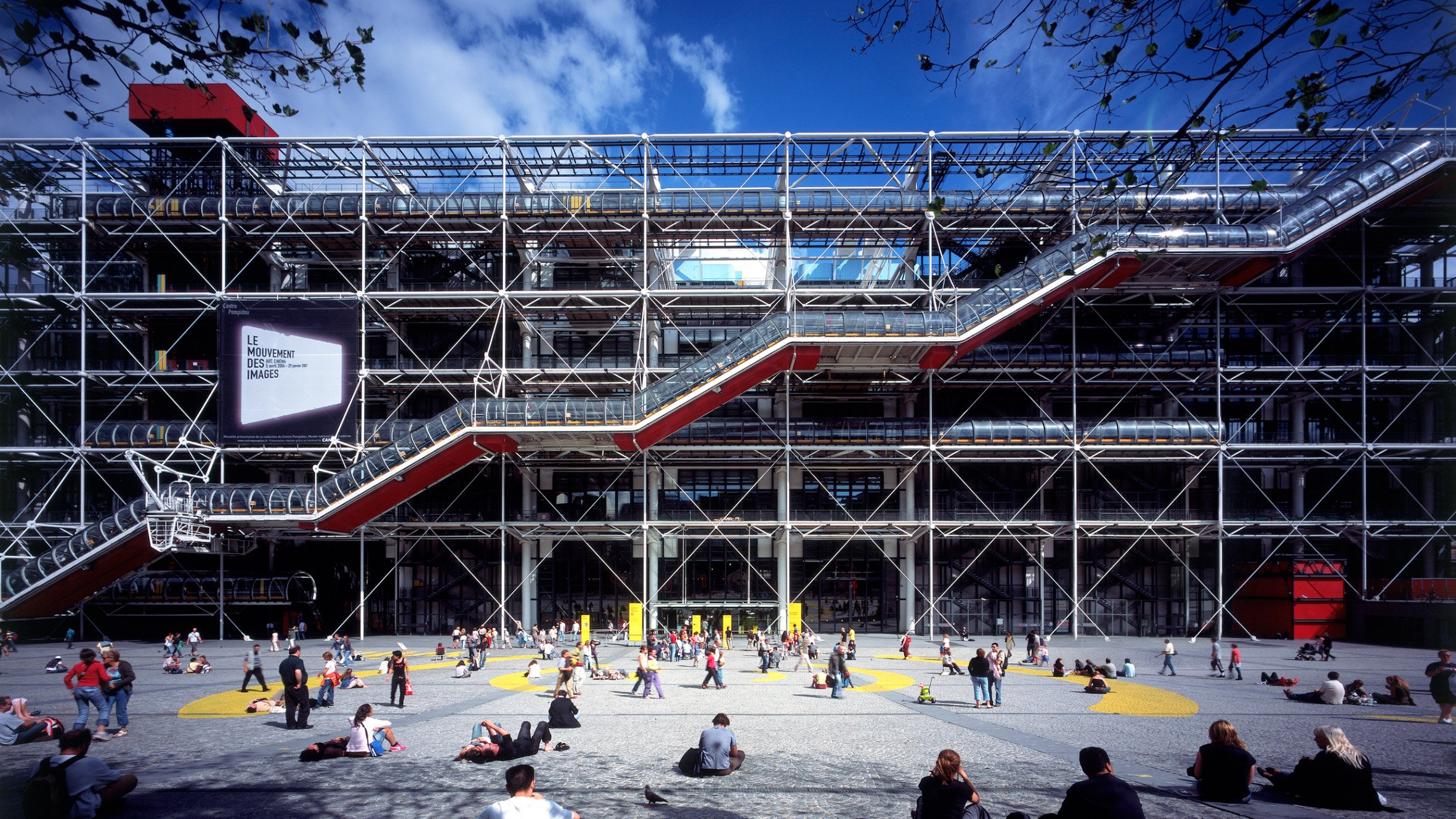
Pritzker Prize-winning architect and high-tech architecture pioneer Richard Rogers has retired from Rogers Stirk Harbour + Partners, the practice he founded in 1977.
British-Italian architect Rogers, who is aged 87, has stepped down from the board of Rogers Stirk Harbour + Partners. His name will be dropped from the practice within the next two years, per the studio's founding constitution.
"Richard has been a huge inspiration to us all at Rogers Stirk Harbour + Partners, and to the architectural profession globally," said practice co-founder and former Dezeen Awards judge Ivan Harbour.
"His humanity, integrity and generosity are reflected in the practice he founded, and which continues to be guided by his principles."
A pioneer of the high-tech architecture movement, Rogers is one of the world's most well-respected architects.

As well as being awarded the Pritzker Prize – architecture's highest accolade – in 2007, over his career Rogers' awards include the Praemium Architecture Laureate from the Japan Art Association, the Royal Gold Medal and the Stirling Prize – which his studio won twice.
Last year he finally added the American Institute of Architect's Gold Medal to his collection.
He is perhaps best known for designing the Centre Pompidou in Paris, London's Lloyd's building, Millennium Dome and Heathrow Terminal Five. His two Stirling Prize-winning projects are Madrid's Barajas Airport and a Maggie's Centre in London.

Rogers made his name working in partnership with Italian architect Renzo Piano in the 1970s when the two relative unknowns won the competition to design the Centre Pompidou in Paris, which completed in 1977. He founded his practice – then known as Richard Rogers Partnership – that same year.
The Richard Rogers Partnership became Rogers Stirk Harbour + Partners in 2007, when Graham Stirk and Ivan Harbour's names were added to the studio name.
"Richard's resignation has been planned since 2007, as part of the comprehensive succession planning strategy established when the Richard Rogers Partnership became Rogers Stirk Harbour + Partners," explained the studio.
"The decision to rename the practice was influenced by the vital contributions of Graham Stirk and Ivan Harbour, two of Richard's colleagues who have been with the practice for over thirty years."

Rogers, who turned 87 in July, holds the title of Baron Rogers of Riverside, alongside a knighthood and a lordship. He was an advisor of Labour prime minister Tony Blair.
When he wrote the practice constitution, Rogers insisted that as the highest-paid architect he could only earn eight times the lowest-paid staff member's salary. Yearly profits are distributed according to a points-based system, with a portion donated to charity.
"We have a responsibility to society," Rogers told Dezeen in an interview ahead of his Royal Acadamy retrospective.
"That gives us a role as architects not just to the client but also to the passer-by and society as a whole."

The architect has publically mourned the UK's loss of social housing projects in recent decades. In the 1960s Rogers designed a house for his parents that he once hoped would be "a standardised system to solve the whole of the British housing problem".
Rogers 2017 lecture for Architects, not Architecture was aired as part of Dezeen's Virtual Design Festival. The architect confided that he entered the competition to design the Centre Pompidou "against my will".
"It was absolutely against my will, but being a good democrat I accepted that I was voted out by Renzo Piano, my wife and the engineers," he said. "And I did it."
Main image belongs to Dezeen.
The post Richard Rogers steps down from Rogers Stirk Harbour + Partners after 43 years appeared first on Dezeen.
https://ift.tt/34TW50D
twitter.com/3novicesindia
No comments:
Post a Comment